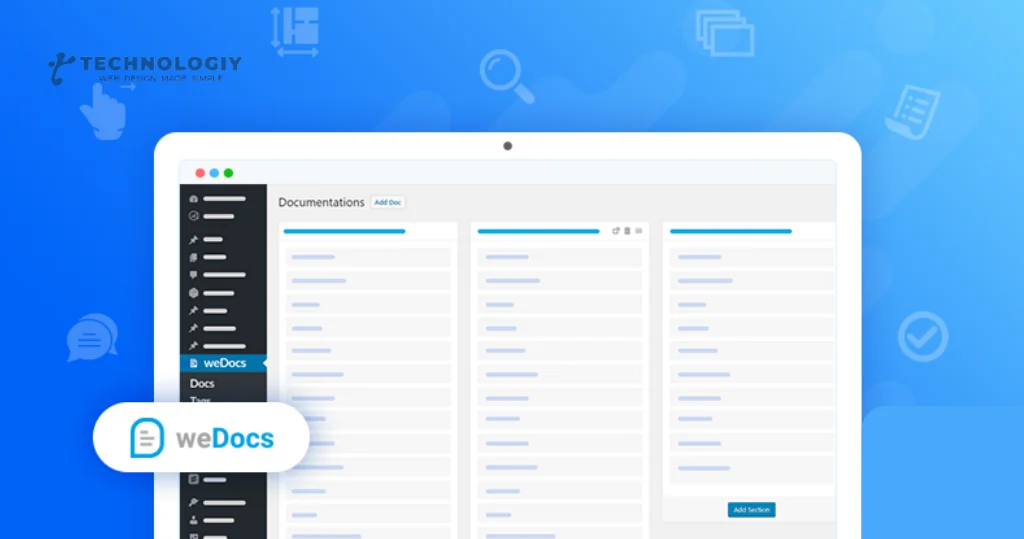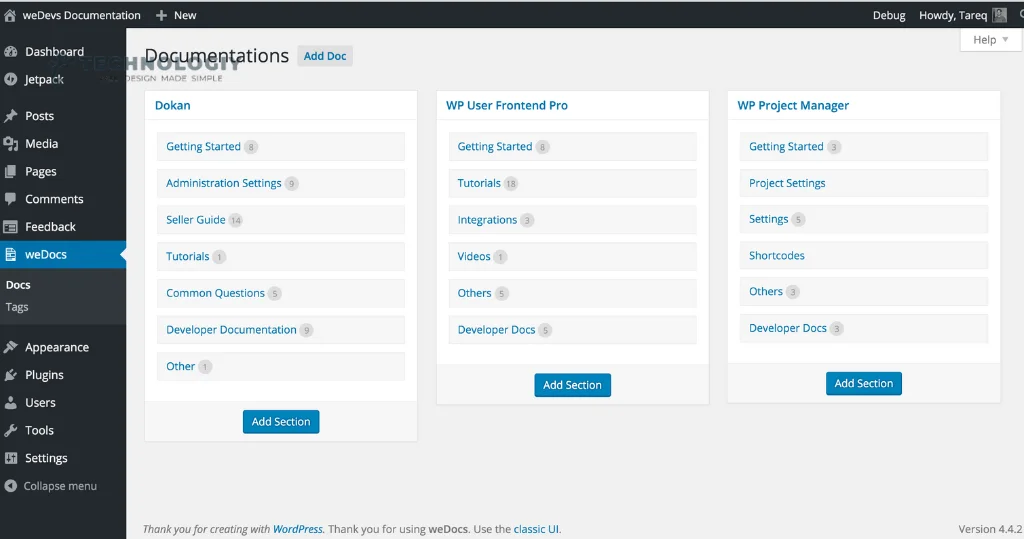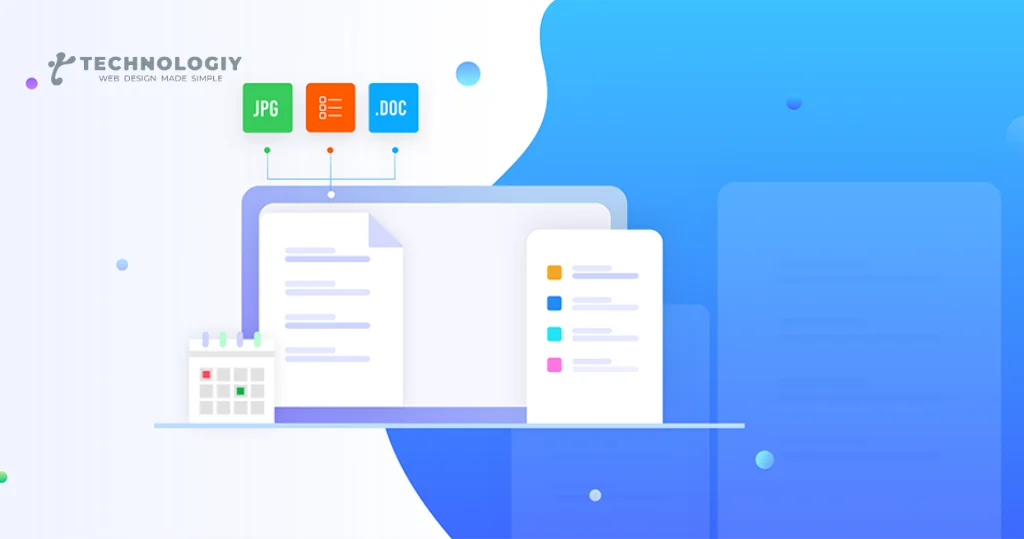Mastering the Basics: A Comprehensive Guide to Using the WordPress Plugin Documentation. Welcome to our friendly guide on mastering the basics of using the WordPress Plugin Documentation. Whether you’re a beginner or an experienced user, understanding how to navigate and utilize the WordPress Plugin Documentation is essential for maximizing the potential of your website. In this comprehensive guide, we will walk you through everything you need to know to become a pro at using the WordPress Plugin Documentation.
Why Is the WordPress Plugin Documentation Important?
The WordPress Plugin Documentation is a treasure trove of information that can empower you to build and customize your website with ease. It serves as a comprehensive resource that provides detailed instructions, explanations, and examples for each plugin available in the WordPress plugin directory.
By mastering the art of using the WordPress Plugin Documentation, you can:
Enhance your website’s functionality:
Plugins are the backbone of any WordPress website. The documentation helps you understand how each plugin works and how to leverage its features to improve your website’s functionality.
Troubleshoot issues:
Inevitably, you may encounter issues or conflicts while using plugins. The WordPress Plugin Documentation provides troubleshooting tips and solutions to help you overcome any obstacles you may face.
Stay up to date:
The WordPress ecosystem is constantly evolving, with new updates and releases. The plugin documentation keeps you informed about the latest version, updates, and changes for each plugin, ensuring you’re always up to date.
Navigating the WordPress Plugin Documentation:
The WordPress Plugin Documentation is structured in a user-friendly manner, allowing you to quickly find the information you need.
Search Bar:
The search bar located at the top of the documentation page is your best friend. Simply enter the name of the plugin or the topic you need assistance with, and relevant results will be displayed.
Table of Contents:
Each plugin’s documentation has a table of contents that provides an overview of the topics covered. This allows you to jump directly to the section you’re interested in.
Categories and Tags:
Plugins are often categorized or tagged based on their functionality. Utilize the categories and tags to browse through plugins that align with your specific needs.
Getting Started with the WordPress Plugin Documentation:

Now that you know why the WordPress Plugin Documentation is essential and how to navigate it, let’s dive into the step-by-step process of using it effectively.
Identify Your Needs:
Determine the specific functionality you want to add to your website. Whether it’s a contact form, a social media sharing plugin, or an SEO optimization tool, knowing your requirements will help you narrow down the plugins you need.
Research and Compare:
Use the WordPress Plugin Directory to find plugins that meet your requirements. Once you’ve identified a few potential options, head over to their documentation to understand how they work, what features they offer, and whether they align with your needs.
Read the Installation Guide:
Each plugin’s documentation provides detailed instructions on how to install and activate the plugin on your website. Follow these instructions carefully to ensure a smooth installation process.
Explore the Plugin Features:
The documentation will give you insights into the various features and functionalities offered by the plugin. Take the time to understand how each feature works and how it can benefit your website.
Troubleshooting and Support:
If you encounter any issues or have questions while using a plugin, refer to the troubleshooting section of the documentation. It often provides solutions to common problems and links to support forums where you can seek further assistance.
Stay Updated:
Plugins are regularly updated to fix bugs, introduce new features, or ensure compatibility with the latest WordPress version. Make it a habit to check the documentation for any updates related to the plugins you’re using.
By following these steps and utilizing the WordPress Plugin Documentation effectively, you’ll be able to harness the full potential of plugins, enhancing your website’s functionality and user experience.
Mastering the basics of using the WordPress Plugin Documentation is crucial for every WordPress user. The documentation serves as a valuable resource that empowers you to make the most out of the plugins available. By understanding how to navigate and leverage the documentation, you’ll be able to enhance your website’s functionality, troubleshoot issues, and stay up to date with the latest plugins and updates. So, get started today and unlock the endless possibilities that the WordPress Plugin Documentation has to offer!
Demystifying WordPress Plugins:
The Ultimate Beginner’s GuideWelcome to our friendly guide on WordPress plugins! If you are new to the world of WordPress or looking to enhance the functionality of your website, you’ve come to the right place. In this comprehensive beginner’s guide, we will demystify WordPress plugins and provide you with all the information you need to get started.
What are WordPress Plugins?
WordPress plugins are like little software programs that can be easily installed on your WordPress website to add new features and functionality. They are designed to extend the core functionality of WordPress, allowing you to customize your website to meet your specific needs. Whether you want to add a contact form, install an SEO tool, or create a beautiful gallery, there’s a plugin for almost everything you can imagine.
Why Use WordPress Plugins?
WordPress stands out for its remarkable adaptability, which is truly impressive. It is an open-source platform, which means that anyone can develop plugins to enhance the functionality of WordPress websites. This vast library of plugins gives you the freedom to create a website that is tailored to your unique requirements, without the need for extensive coding or programming knowledge.
Installing WordPress Plugins:
Installing a WordPress plugin is a straightforward process. From your WordPress dashboard, navigate to the Plugins section and click on “Add New.” You can search for plugins by name, function, or keyword. Once you find a plugin that suits your needs, click on the “Install Now” button, and WordPress will take care of the rest. After installation, simply activate the plugin, and it will be ready to use.
Types of WordPress Plugins

There are thousands of WordPress plugins available, each serving a specific purpose. Here are some popular categories:
SEO Plugins:
These plugins help optimize your website for search engines, improving your chances of ranking higher in search results. Yoast SEO and the All in One SEO Pack stand out as two well-received choices among users.
Contact Form Plugins:
These plugins allow you to create and manage contact forms on your website. Contact Form 7 and WPForms are widely used plugins in this category.
Security Plugins:
These plugins help protect your website from potential threats and vulnerabilities. Sucuri Security and Wordfence Security are trusted security plugins.
E-commerce Plugins:
If you’re looking to set up an online store, e-commerce plugins like WooCommerce and Easy Digital Downloads provide all the necessary features to sell products or services.
Performance Optimization Plugins:
These plugins help improve the speed and performance of your website. W3 Total Cache and WP Rocket are popular choices for optimizing website speed.
Best Practices for Using WordPress Plugins
While WordPress plugins offer incredible functionality, it is important to use them wisely.
Choose reputable plugins from trusted sources:
Stick to plugins that are regularly updated and have good user ratings and reviews.
Keep plugins updated:
Regularly update your plugins to ensure compatibility with the latest version of WordPress and to benefit from bug fixes and security patches.
Limit the number of plugins:
While it can be tempting to install multiple plugins, it’s best to keep the number to a minimum to avoid potential conflicts and ensure optimal performance.
Regularly review and uninstall unused plugins:
Remove any plugins that you no longer use or need to keep your website lean and efficient.
Backup your website:
Before installing or updating plugins, create a backup of your website to safeguard against any unforeseen issues.
Conclusion
WordPress plugins are a powerful tool for enhancing the functionality and customizability of your website. With thousands of options available, you have the freedom to create a website that perfectly suits your needs. Remember to choose reputable plugins, keep them updated, and follow best practices to ensure a smooth and secure website. Happy plugin hunting!
